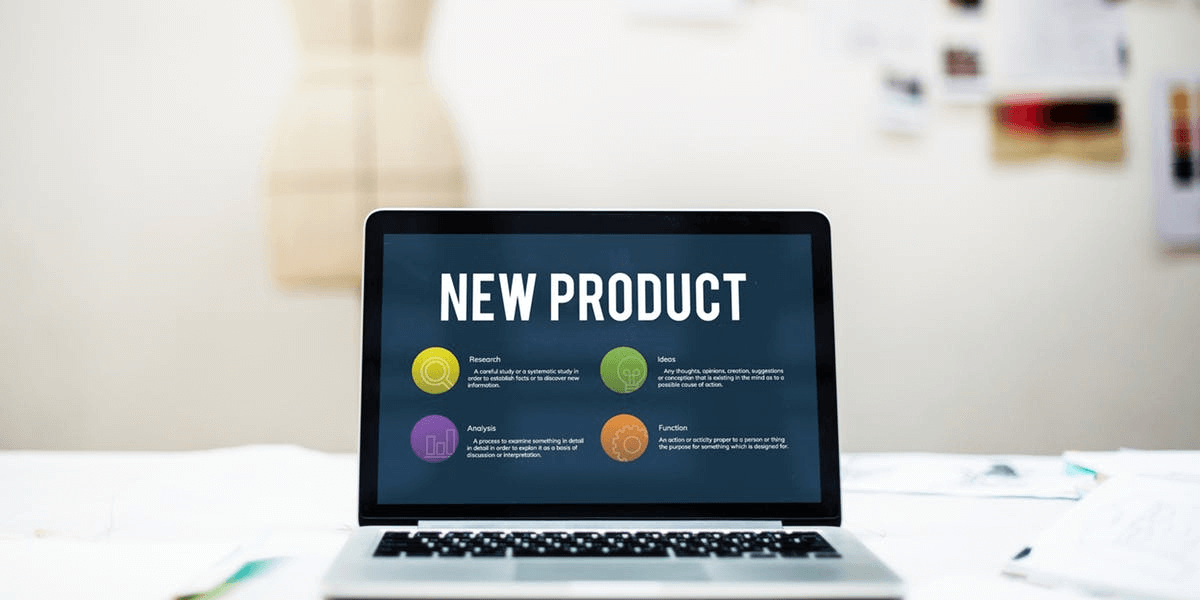Have you ever heard the age-old advice “if you aren’t changing, you are dying”? For the most part, it’s absolutely true. As online business owners know very well, change is a necessity in business.
From software tools to social media platforms, doing business online means constantly innovating in order to keep your brand current and fresh. And innovation has a cost! It takes creativity, time and effort. Not to mention, experiments are EXPENSIVE.
If you’re someone who gets excited about change, good for you. But if you’re like me—if the thought of change makes you want to pull the covers up over your head—it would be nice if all these changes came with a consistent benefit. Maybe, say, something like a little tax break?

The R+D Tax Credit
Back in 2015, the government passed the PATH Act. This act permanently extended the federal Research + Development tax credit (also known as the Research and Experimentation tax credit created in 1981) and expanded its applications.
A big reason for passing the PATH Act was because of the rapid changes in technology which have forced most businesses (like you and like us) to constantly innovate.
The expansion of the credit not only applies to the creation of new products and/or trade processes, but also to process improvements.
In other words, many of the efforts you make to improve and innovate in your business count as R+D. Pretty cool, right?
How to Claim the R+D Tax Credit
In claiming the R+D Tax Credit, you have to be careful. The IRS defines “research and development” costs very specifically. Your claims have to meet several requirements to be applicable. Some applicable costs are:
- Wages paid to employees specific to qualified services
- Supplied used and consumed in the R+D process
- Contract research expenses paid for performing qualified research analysis
Note that it is possible to still claim the credit even if your R+D didn’t yield a workable result (i.e., the product/process you were researching/developing ended up getting scrapped).
Examples of Qualifying Expenses
As an eCommerce business owner, your R+D could look a bit like this:
- Developing a new product to sell. This includes coming up with unique products to private-label, not just re-packaging.
- Creating an internal software to make your sale/delivery process more efficient. It can not be a “canned” software and must not be for “resale” by you. The results must have economic significance.
Limitations and Guidelines
When you’re attempting to claim the R+D Tax Credit, it’s crucial to work closely with your tax preparer to make sure your claim is valid. Below are some guidelines around what can be claimed:
- The expense is intended to resolve technological uncertainty
- The R+D relies on hard science (engineering/computer/biological/physical)
- The expense relates to the development of a new or improved business component that is to be sold or used in the trade or business
- The R+D must constitute a process of experimentation involving evaluation of alternatives
In addition, there are specific items that are disallowed for this credit, such as:
- Research conducted AFTER the beginning of commercial production of the business component
- Adaptation or duplication of an existing business component
- Surveys, studies or activities related to the management functions or techniques
- Market research, testing and promotions/advertising
- Quality control inspections and regular testing
- Any software other than where it is developed for internal use
- Any research done outside of the United States
- Any research in social sciences
Finally, this credit can not exceed $250,000 per year, with some caps and limitations.
How to Claim the Federal R+D Tax Credit
You can claim the credit in several ways. One method is to utilize the credit against the AMT (Alternative Minimum Tax ) liability. More commonly, many business owners will use the credit to reduce their payroll tax liability.
With regard to claiming against payroll taxes, a startup business must have gross receipts of less than $5 million and must not have generated revenue for more than 5 years. Meeting both criteria qualifies a business to use this R+D tax credit to offset the FICA employer portion of their payroll taxes.
The credit must be made on a timely filed income tax or information tax return (including extensions). IRS Form 6765 or 8974 must be completed and filed.
If you have employees and report payroll/taxes on form 941, form 8974 should accompany form 941, effectively matching the credit taken with that quarter’s payroll tax expense.
How to Automate the Claim
Gusto, our payroll provider of choice, offers this service to you as a business owner . Doing so, Gusto makes the calculation and application almost seamless. (Want to try it? Use this link for 15% off.)
The tax credit is refundable for tax funds up to your amount of tax liability. If you’ve fully utilized the benefit in the current year, any credit leftover is available to be carried forward up to 20 years.
The Bottom Line
Whether you find change exciting or it keeps you up at night, innovation is a permanent part of owning and running an online business. Rather than just keeping up with the changes going on all around you, create a strategy that lets you not only develop your business, but ensures that you can create a tax-benefit from your investment.

